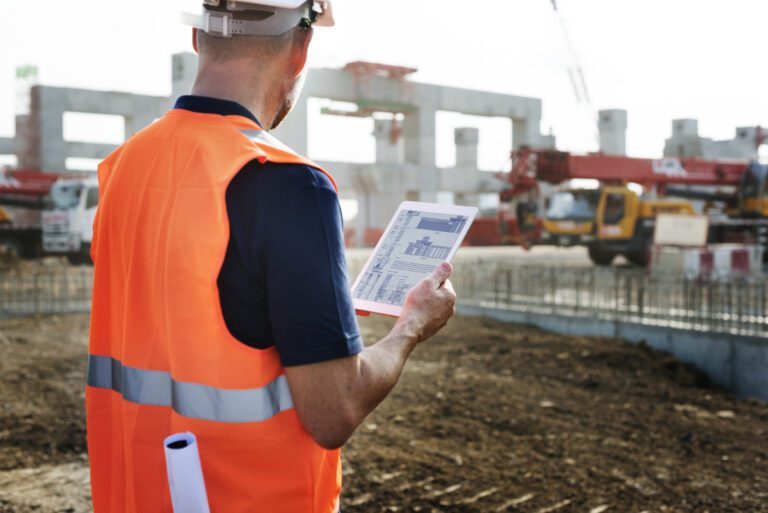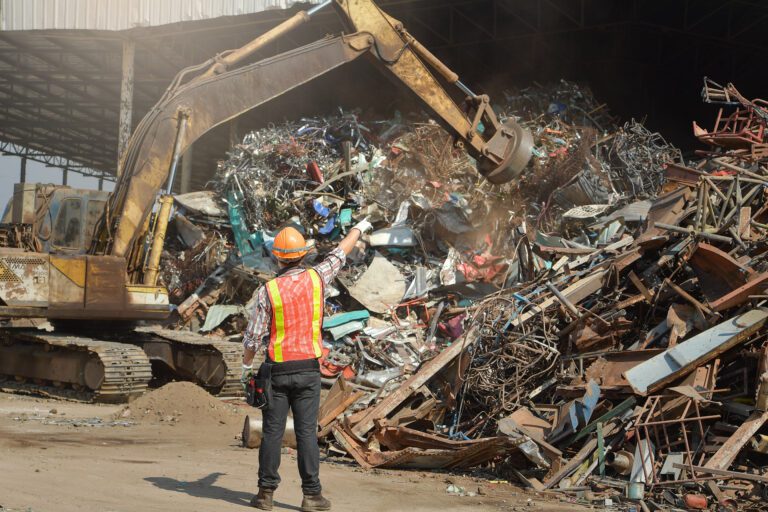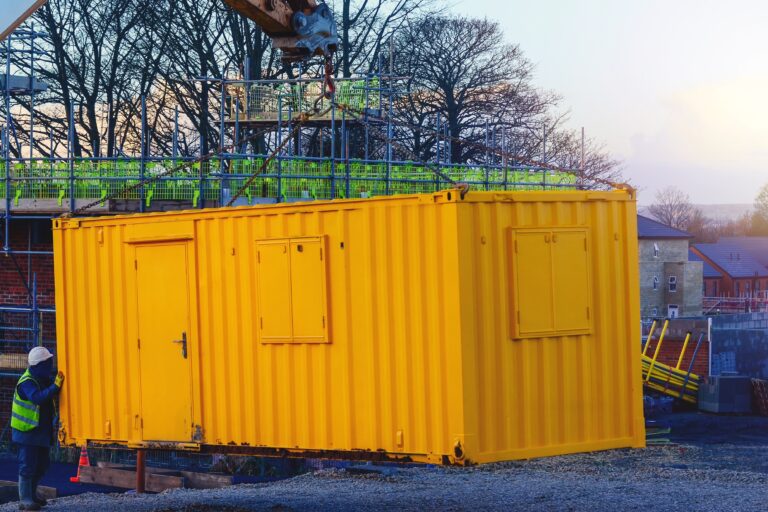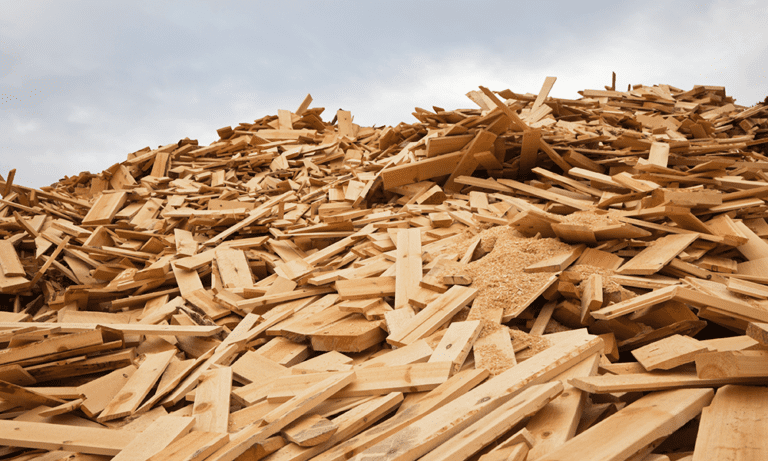3rd August, 2021
Safety Considerations When Choosing Material Handling Equipment
Material handling equipment makes various tasks easier, if used correctly. We explore the safety precautions to consider before engaging with these tools.
Any piece of equipment which makes a job easier and quicker is a huge advantage to a business. Time is money, and it’s important you have the right machinery to make operations more efficient.
However, as well as prioritising efficiency, it’s also crucial you know how to safely work each piece of equipment to safeguard all workers on site. Whether you work in construction or any other trade, understanding how machinery works and the best practices will ensure your safety is never compromised.
In this blog post, we’ll identify what material handling equipment is and the different considerations to take into account before using these tools. It’s important for your health and safety that you read and understand these principles before engaging with the tools.
This will help you to maximise productivity in the workplace and save costs in the long run, which could be incurred from material damage or mishandling of the tools.
What is Material Handling Equipment?
Material handling equipment is used for the transportation, storage, control, and protection of materials and products throughout the process of manufacturing, distribution, composition, and disposal.
From simply lifting something off a shelf to repositioning a heavy pallet, these pieces of machinery are vital in facilitating operations in a warehouse. They allow the supply chain to work while supporting a company’s logistics and should work together to make jobs quicker and easier. They are an integral part of operational tasks and bridge the gap between distribution channels.
As well as the manufacturing industry, lots of sectors take advantage of this machinery including handymen, decorators, hardware and construction, food and beverage, consumer goods, and retail. There are lots of benefits to using these pieces of equipment such as being able to speed up operations, maximise capacity, and reduce the potential of product damage.
However, it’s not only those using the pieces of equipment who should be held accountable. It is also the responsibility of supervisors to practice due diligence and adhere to industry standards.
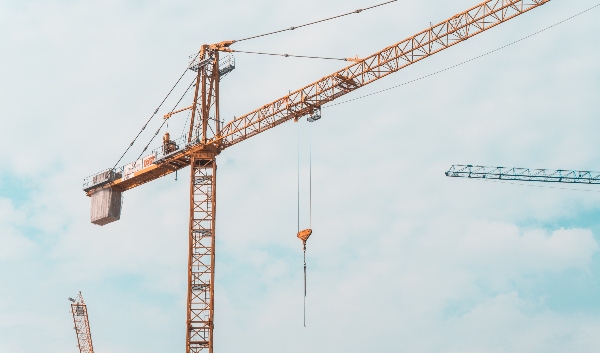
What Are the Different Types of Material Handling Equipment?
These pieces of equipment can be broken down into the following four categories. Each tool assists with the operations process and is used to handle large volumes of material.
Transporting
Transport equipment is used to move materials from one location to another. This could be moving a material between workspaces or from a loading dock to a storage facility.
This saves workers from having to lift and transport heavy materials which is time consuming, and potentially dangerous.
Types of transporting equipment includes:
- Conveyors – These are used when material is frequently moved between specific points over a fixed pathway when there is a sufficient flow volume. At YardLink, our modular conveyor is lightweight and portable, making work on site much easier.
- Cranes – These are used to transport materials over horizontal and vertical paths. Cranes are more flexible than conveyors as they can handle a variety of shapes and weights. This increases productivity and makes best use of floor space. At YardLink, we supply a range of cranes to suit the needs of your project.
- Industrial trucks – These are used to move materials over variable paths. These transportation devices can include small hand-operated trucks, pallet jacks, and various kinds of forklifts. Trucks can also be manual or powered lift and operation can either be walk or ride. This requires a user to manually push them or to ride along on the truck. Check out our range of trucks which can be used in a variety of locations such as construction sites, warehouses, and factories.
- Manual handling equipment – These are often used to move smaller pieces of equipment where larger tools would struggle. They include pallet trucks, trolleys, and sack trucks.
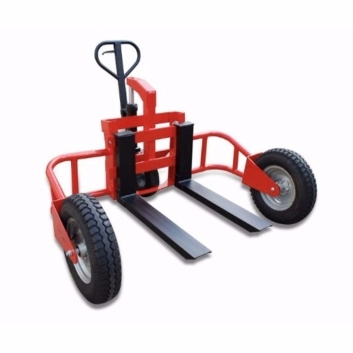
Storage
Storage equipment is used to stow materials in a factory or warehouse before they are transported elsewhere. They could be stored for a period of time due to temporary pauses during transportation or for long-term storage to allow the buildup of stock.
These types of equipment aim to make material easily accessible, and maximise the use of space. If materials are stacked directly on the floor, then storage equipment is not necessary. However, it makes sense to stack products at different heights to make the most out of space. Factories and warehouses usually have rows of shelves, each packed with different materials.
This increases space utilisation, as storage racks can be used to allow multiple stacks of different items to occupy the same floor space at varying levels. Storage handling equipment includes pallet racking, stacking frames, shelving, and mezzanine flooring.
Positioning Equipment
This equipment is used to handle materials at a specific location and move into the correct position for subsequent, handling, transporting, or storage.
This enhances productivity as the machine can handle large volumes of material, rather than relying on an employee to move everything into position by hand. Moreover, this reduces the chance of damage to materials due to human error or a lack of attention.
It can also help to reduce fatigue and hazards when handling materials which are heavy and awkward to manoeuvre. Examples of positioning equipment include material lifts, electric chain hoists, glass suction lift, and barrow chains. There are various applications for positioning equipment including construction sites and gardening.
Unit Load Formation Equipment
This equipment is used to restrict material so that it keeps it’s integrity whilst it is being transported or stored. Examples of unit load formation equipment include pallets, skids, baskets, bags, and crates.
A pallet is usually made from wood and has enough clear space beneath the surface to allow the insertion of forks for lifting. This wooden platform provides a secure and stable base to ensure materials are not damaged during the loading process.
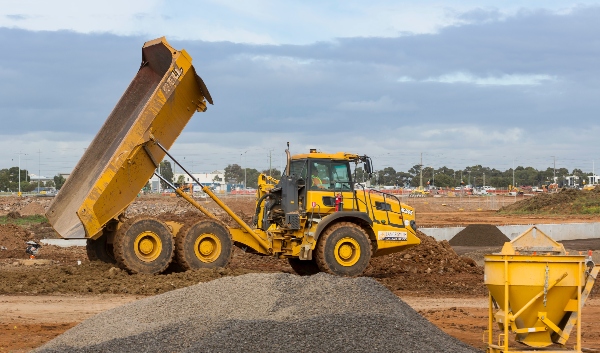
Safety Considerations When Using Material Handling Equipment
Operating material handling equipment should be safe, if you have the knowledge of potential hazards that could arise during use. Lack of knowledge and awareness can cause accidents in the workplace so it’s important that staff are properly educated in handling and storing materials.
General safety rules should be observed and followed at all times to protect everyone on the premises. If a load cannot be safely handled by one person, they should always ask for help to avoid putting strain on their body. Each employee should be trained in the uses of each material handling equipment and be aware of possible hazards involved.
Below are some key guidelines which every company should follow to ensure the safety and wellbeing of their employees.
Inspection of the Equipment
Whether you’ve hired equipment from a rental company, or purchased a piece of equipment, checking its condition before operation is key. This includes inspecting the brakes, tires, masts, and safety controls to ensure everything is in good working order.
If you spot any problems, do not use the equipment and inform your supervisor or manager immediately. If you continue to operate the damaged equipment before it has been repaired, this can make the problems even worse and lead to down time.
As we’ve touched on earlier in the post, time is money for any business so reducing potential downtime is pivotal to ensuring work can continue.
Finding the Right Material Handling Equipment Supplier
One of the most important parts of renting equipment is making sure it’s from a trusted supplier. Although this might seem obvious, the importance of this decision can be overlooked. For your operations to work, you need to have equipment you can rely on.
At YardLink, we have a trusted network of local suppliers to give you total reassurance that you’re receiving the best service possible. And what’s more, our tool hire is 60% cheaper than traditional hire companies so you can be confident you’re getting a good deal.
If you’re looking for a cost-effective way of lifting your equipment and materials, then lifting gear hire is the answer. If you’re unsure about what tools you need for your project then give YardLink a call today. We’re more than happy to help.
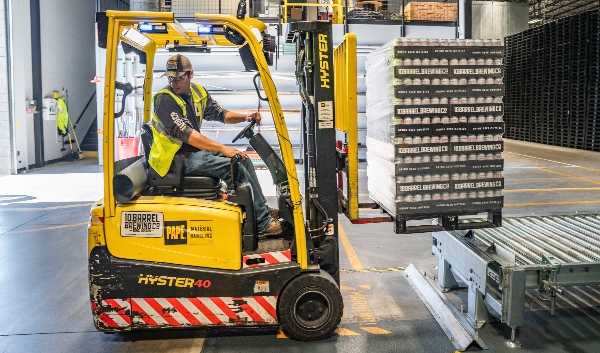
Training and Certification of Operators
Any employee using equipment should be certified to use it. As a supervisor or manager, it is your responsibility to check that your team has the correct certifications first.
If an employee doesn’t possess the necessary skills, then you could invest in training for them. This will not only allow them to use the machinery and get the job done, but will also add to their current skill set which is good for professional development.
However, it’s important they receive their training in the specific machinery before engaging with it. This will ensure they have the prior knowledge of how the equipment works which reduces the possibility of an injury or damage. In turn, this saves you money and time as you can be confident they know how to handle it.
You could also consider retraining your staff if there are upgrades to your fleet as it’s good to keep best practices fresh in people’s minds.
Assess the Load
Never overload lifting equipment in an attempt to get the job done quicker. Although this might seem tempting if you’re working towards a tight deadline, this can backfire and be very dangerous.
Instead, you should divide the load into shifts to ensure the weight capacity isn’t exceeded. In addition, if you break or damage the machinery by overloading it, the job will in fact take longer to complete as you have to account for repairs and downtime.
What seemed like a good idea could be very costly. It’s a collective responsibility between the operator and their supervisor to ensure the load is appropriate for use.
You should also remember to raise and lower the load when the machine is not in motion.
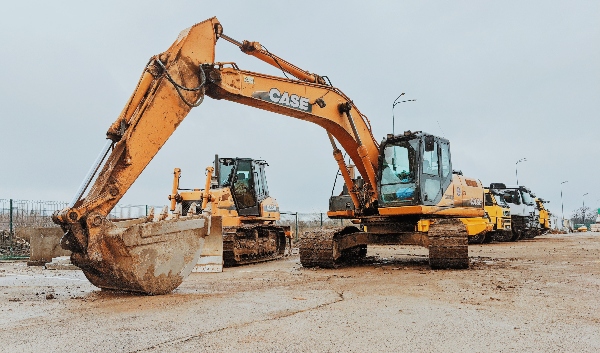
Consider the Surrounding Environment
A worksite can be very busy, with lots of people and moving machinery operating in the same area. You could consider putting work zone signs in place to keep people and objects out of the area where you’re using the equipment.
You should also maintain the required distance between the material handling machinery and other moving equipment. To prevent accidents, it’s essential you turn off a forklift or scissor lift when it’s not in use.
As with any of the points outlined above, it is the responsibility of both the operator and the supervisor to check the surrounding area for any obstructions and risks. However, this relies on the employer providing their workers with the correct guidance and training.
Avoid Lifting Materials From the Floor or While Seated
When you’re operating equipment it’s important you don’t compromise your physical health. You should ensure you’re in the right position to carry out a job correctly as this can affect you long term.
One of the main causes of injury in the workplace is lack of proper knowledge when handling pieces of equipment. This includes understanding the correct body positioning and movement. Back injury is one of the most common injuries as excess strain can be put on your muscles if you try to lift heavy loads independently.
In fact many patients have been diagnosed with occupational illness due to incorrect body movement in handling. Some workers are injured due to falling objects and improper stacking of materials whereas others try to lift too much material on their own.
Workers should be aware of back pain, strains, and sprains as a result of lifting heavy loads. To avoid this from happening, companies need to make sure their staff understand how to safely use these pieces of machinery. This will also result in less staff being off work sick due to illness.
Safety Considerations When Choosing Material Handling Equipment
==================================================================
Material handling equipment is very useful and is used across a variety of industries to move, position, transport, and store large quantities of material. From manufacturing and construction to shipping and logistics, this machinery plays a key role in almost every sector.
This makes the operations process much more efficient and saves employees from having to carry out these processes by hand. There is a real demand for efficient, cost-effective handling and lifting solutions, as it enhances capacity and productivity.
Whilst this is great news for any business, it’s essential your team know how to use this machinery correctly. If you choose the wrong equipment or rely on untrained members of staff, it could result in potentially fatal injuries, as well as damaged goods.
By following the above safety guidelines and having thorough knowledge of the different types of equipment, you can ensure the safety of everyone involved.
If you’re interested in material handling equipment but are unsure what you need, give YardLink a call today to discuss your individual requirements.
YOU MIGHT ALSO BE INTERESTED IN

